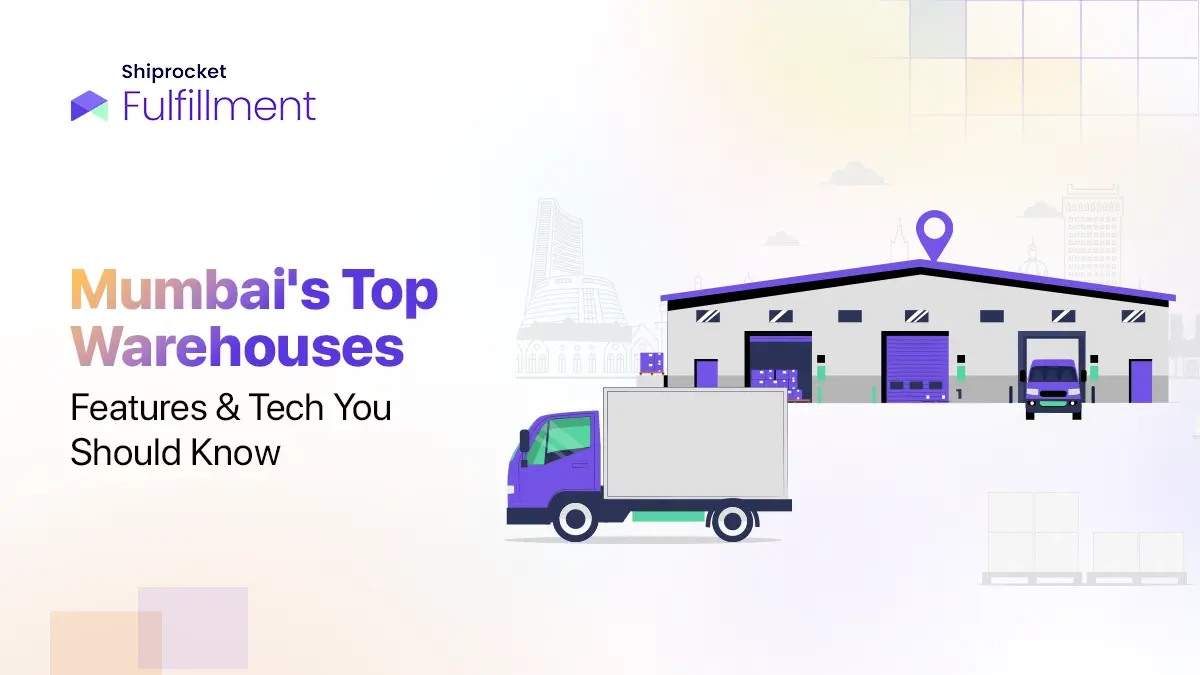When e-commerce is taking off and everything is available at the click of a button, nobody likes to see out-of-stock notifications. However, the supply chain cannot be hundred percent efficient, and there will be times when products run out of stock if your supply chain breaks down. What do you do in such situations?

For such situations,s we have backorders. Backorders are not the ideal situation. However, they are the most suitable ones when you want to allow your customers to continue shopping on your website.
The first step should always be to avoid them. But let’s look at what backorders are and how you can prevent them by being proactive about your inventory and supply chain management.
What is a Backorder?
Backorder refers to items that are currently not in stock but will be available soon. Your customers can buy back ordered items on the website, but they won’t be delivered till they are available in store.
For example, many times on Amazon, you see a small notification of a product that says it will be in stock by a particular date. You can still shop for this product; however, it will only be delivered after being in stock.
Backorders are different from out-of-stock SKUs as backorder SKUs signify that the order can still be placed and fresh inventory will be restocked soon. For out-of-stock SKUs, a new order cannot be established.
Benefits of Backorders
Even though backorders are not ideal, they still have some positive aspects and bring in pre-orders for your website. They are the closest you can get to predicting guaranteed future demand. Also, once the customer contacts you for an order, they share their information, and you can connect with them for future orders and ongoing offers, etc. Also, you get the best market insights for any product with backorders as they are telling you what the highest in demand is, and you can ramp up your production accordingly.
Disadvantages of Backorders
The disadvantages of backorders are sometimes a negative customer experience as nobody likes to wait for their orders unless the product is unique and niche. Secondly, backorders mean more chances of cancellations in RTO as many people today do impulse purchasing. If you do not have a product and order it, they might forget about it, leading to higher RTOs.
Now let’s discuss how you can avoid backorders for your business.
How to Avoid Backorders?

3PL Fulfillment Providers
3PL fulfillment providers are a great hack to prevent backorders. To mitigate the risk of backorders, you need to stock inventory in multiple locations so that you virtually never run out of stock. With inventory distribution, you can quickly mitigate the risk of backorders and fulfill incoming orders from different warehouses.
Fulfillment providers like Shiprocket Fulfillment I have fulfillment centers located around eight prime locations in India. This means that you can stock your inventory in multiple locations in the country and deliver to anywhere seamlessly.
More Warehouse Management Systems
The next most crucial step to avoid backorders is to have warehouse management systems. Warehouse management systems give you a real-time update about where your inventory is and how soon you need to restart. They also help you forecast demand accurately, and you can pre-order your goods in case you are running out.
Demand Forecasting
Forecasting demand can help you stay on top of market trends, and you can quickly determine how soon you need to stock your inventory. Demand forecasting also gives you a heads up about your sales, and you can plan your purchases accordingly.

Timely Processing
Timely processing of orders would mean a more unified customer experience, and it would also help you stay on track with incoming orders. This way, there would be no out-of-stock situations as your supply chain will be on track. If you don’t process orders on time, it might show that you still have inventory while you actually wouldn’t.
Proper Inventory Management
Inventory management systems that are regularly updated and thorough checks and balances are maintained in your inventory. You must follow a strict pattern for inventory valuation so that the goods that come in first I used first or any other method. This way, you will stay on top of your inventory and avoid unfortunate situations like backorders and stock out.
Conclusion
eCommerce is growing at a breakneck pace & you cannot afford to have unpleasant experiences with your customers. Make sure you avoid backorder situations and ensure that you give your customers an end-to-end seamless experience.






